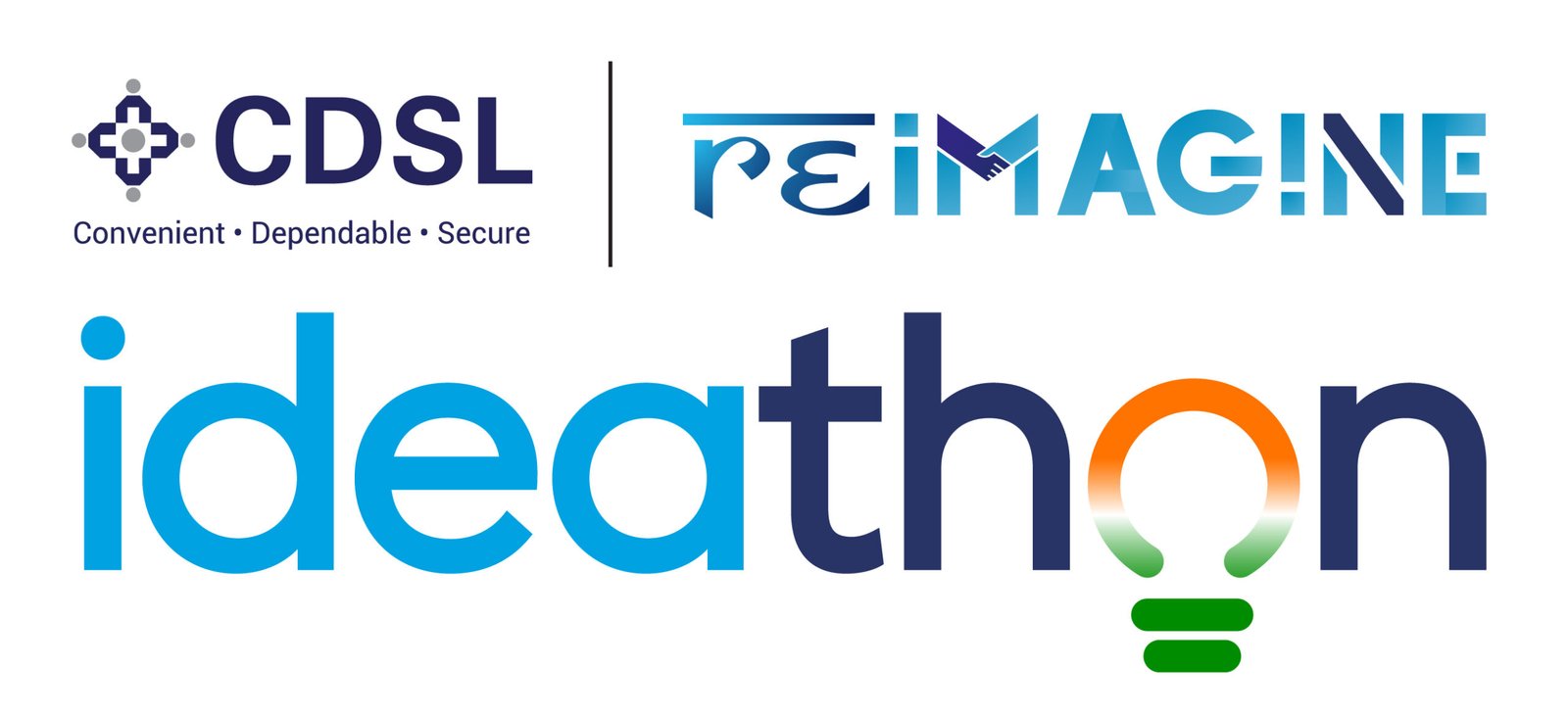Author – Vaibhav Jain
Dehradun: Today, mankind is dependent upon technology like never before, and a lion’s share of this dependence comes from the very recent breakthrough in the field of AI. Although, AI has existed for quite a while now, it’s only very contemporary that its potential has been able to be recognized. Even after magnitudinous advancements in the field of AI; experts believe its true potential still stands far away from being discovered. Today, AI drives our lives in almost all fragments of life from daily entertainment to life-changing projects, thereby, rapidly increasing our dependence on technology. In the modern era, the company which is usually credited for bringing about a revolution in the field of AI is said to be OpenAI. With the invention of the world-renowned chatbot, ChatGPT, OpenAI redefined the way humans interacted with technology. Ever since the introduction of ChatGPT, all tech giants ranging from Google with Google Gemini, and Meta (formerly Facebook) with Meta AI, to Apple with its Apple Intelligence, are all worked up in a rat race trying to dominate the AI industry with their very own AI Technology.
However, have our lives started to get affected by AI only after the introduction of such chatbots? Well, No! AI has been a crucial part of how technology impacted our lives from long back. Everything from our favorite show which we discovered when it was suggested to us by Netflix recommendations, to our favorite song which we discovered on Spotify when it randomly played in auto-play, were all the gifts of AI. Various companies have been using their own personalized AI software to track user preferences and content habits to curate personalized recommendations for individual users. Recommender software are used by various companies ranging from streaming services like Netflix for suggesting movies & shows to e-Commerce sites like Amazon for suggesting products. AI-driven recommender software systems act as a blessing-in-disguise for indecisive people, by saving them the time & confusion of choosing a movie or show to watch by studying one’s past streaming history & preferences to precisely curate a personalized feed for one to binge content from, exposing users to content one may not have discovered otherwise. Beyond one’s own previous preferences, recommender systems take into account various other techniques & methodologies to curate these recommendation feeds. Some of these techniques include studying the user-user relationship, where if two users are observed to have a common preferences in various products, we can infer that that their general common interest will also tend to be more or less similar, and thereby suggest products or content one user has consumed, to the other the user in question. Another technique utilized by recommender systems is analyzing explicit & implicit ratings of the user. Explicit ratings include the ratings provided by the user directly themselves, which may be in the form of feedback, reviews, star ratings etc. On the other hand, implicit ratings are collected by studying a user’s interactive behavior within a particular website, this includes a mix of views, clicks, purchases etc. After taking into equation such, and various other data collecting techniques, recommendation software are able to provide us with personalized recommendations.
Beyond recommendation systems, AI has also been conventionally used in another quite major field, Virtual Assistants. Virtual Assistants are software based upon Natural Language Processing (NLP) question answering technique powered by artificial intelligence to respond & cater to inquiries presented by humans, in human-like languages in text, voice or even graphical format. Some popular virtual assistants which were the first to reach a wide audience include Apple’s Siri, Google Assistant & Amazon Alexa, and the most recent Virtual Assistant which has taken the internet by storm, ChatGPT. On one hand, conventional Virtual Assistants such as Siri & Alexa are programmed to perform relatively simpler tasks such as setting alarms, answering basic questions, making a phone call etc., ChatGPT can be credited to being a rather heavy duty Virtual Assistant which is designed to perform way more complex tasks than the former. The functionality of Virtual Assistants is multi-staged where the initial stage is input recognition & understanding, where the software interprets the input provided by the user in either text or voice format, and analyzes it to determine the intent of the user. In the second stage, after understanding the user’s intent, the software retrieves information from its database, taking into consideration pre-defined rules to provide a base for the output to be presented. In the final stage of the functioning of a Virtual Assistant, it generates a suitable response to satisfy the user’s provided input. The output (based upon the input) can be anywhere from the simple task of setting an alarm, to a complex task like solving a differential equation. Virtual Assistants are also designed to learn from prior user interactions using machine learning, improving one’s functionality over time.











